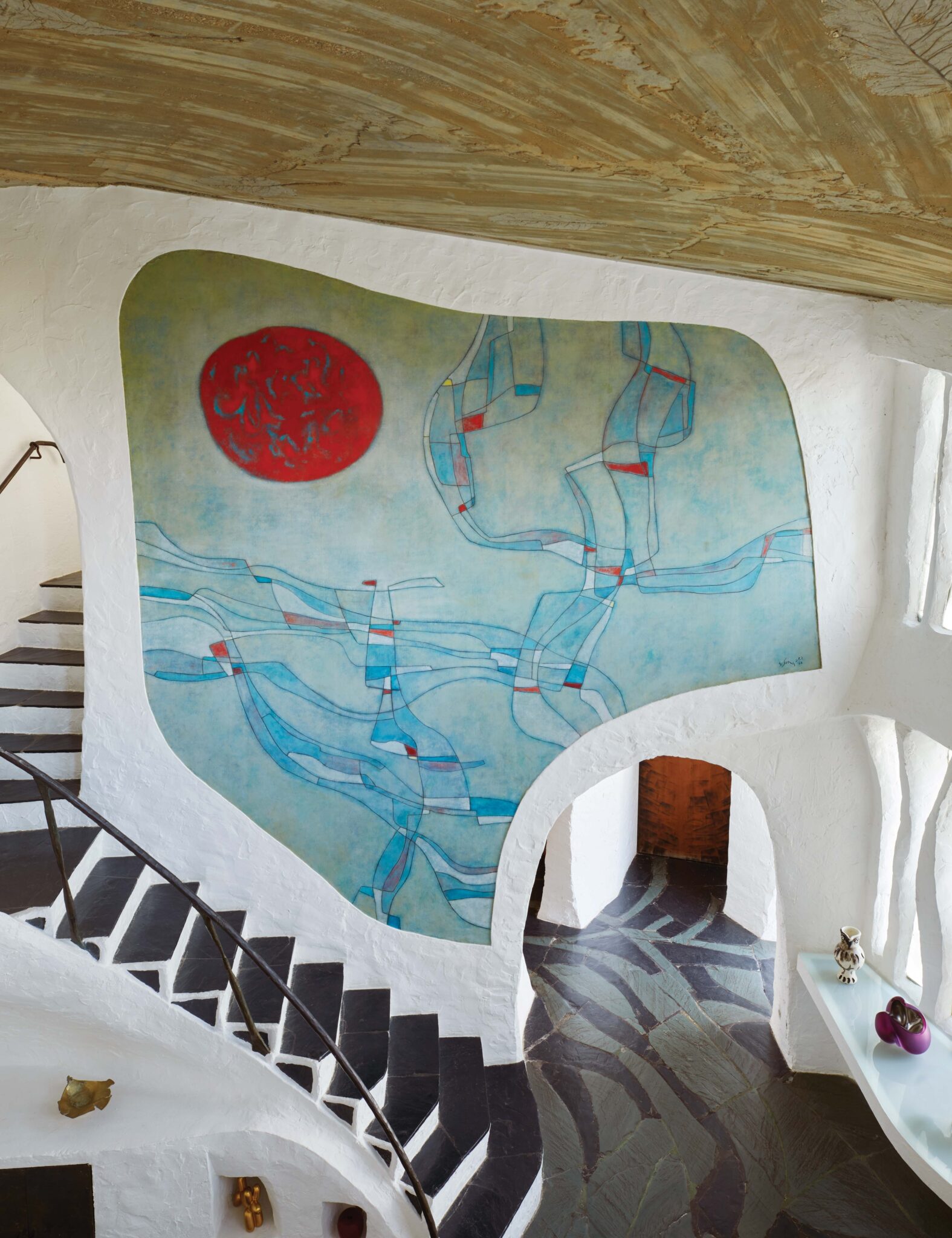
We’ve all noticed them: the little contemporary objects that are finding a home in even the most traditional interiors—the ones our generation can’t seem to live without. Nestled among our prized possessions, their futuristic features are hard to miss: smooth surfaces, rounded corners, pale finishes. Oh, and they speak (and listen, watch and learn).
Unsurprisingly, Google’s growing suite of high-tech products, Google Nest, appeals across generations and tastes. There’s a thermostat, television streaming device, video doorbell, surveillance camera, wifi router, smoke alarm—and the familiar range of voice products known as Google Home (“OK, Google, tell me a joke!”).
They sync up and communicate to one another, like a little personal army of intelligent accessories fashioned to keep you safe and informed (entertained, even). So we had to ask: How do they design a one-look-fits-all piece of equipment? And for those of us already cozy with the current offerings: what’s next?
Google Nest’s Director of UX, Kate Freebairn, graciously answered all our questions.

When it comes to home devices, how do you decide what design will appeal to everyone? Or does function come first?
We have an incredibly talented industrial design team who, over many years, has created and refined a design language that can be applied across many different product categories and feels unique to Google’s brand.
The team is always evolving and growing. You can see this in the new products we launch each year: there is a familiar style along with a fresh new perspective that works and clearly showcases our brand. For example, our new Nest Mini and Nest Wifi are beautiful examples of our 2019 products.
Our team focuses on a few key aspects when we design a product to make sure that our products feel bold, human and optimistic. Even something like the fun pop of color on the bottom of this year’s new Nest Mini is bold enough to feel unique to our vision for design.
The team looks across specifically at each product they design, being very thoughtful about where and how it might be used, how it might be installed, and how long it might be in use, all while taking into account the amount of time it will be in someone’s home.
What are the biggest design considerations (and challenges) for Nest, present and future?
Sustainability is a huge theme for us now and in the future, and this will continue to be a significant priority.
Affordability is another. We are dedicated to making products and experiences that more and more people can access.
Accessibility and inclusivity are also important. We aim for our products to be easy to use and access for as many people as possible, and work hard to ensure that all people will find our products helpful in their homes.
Google Nest Hello (video doorbell)
Google Nest Learning Thermostat




















